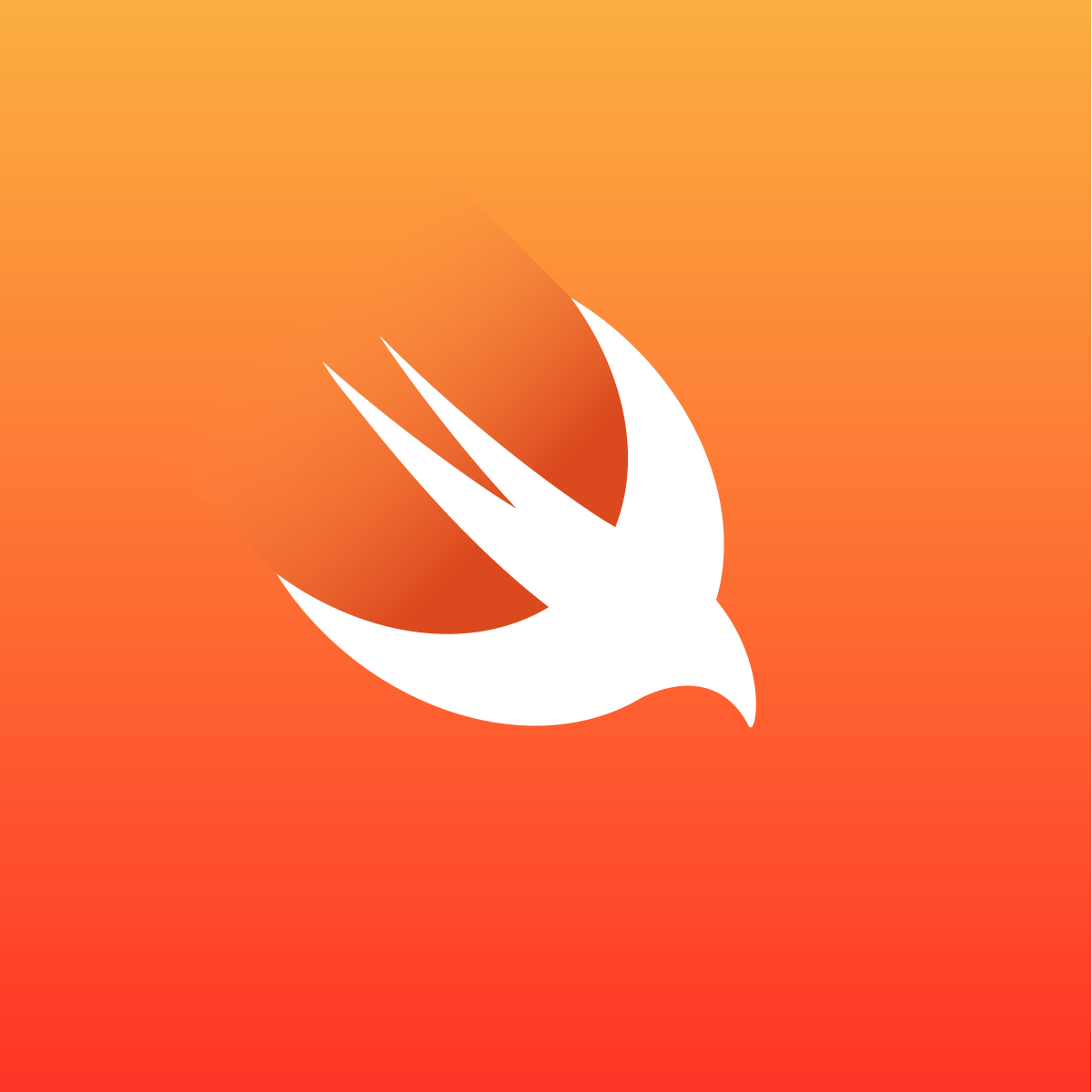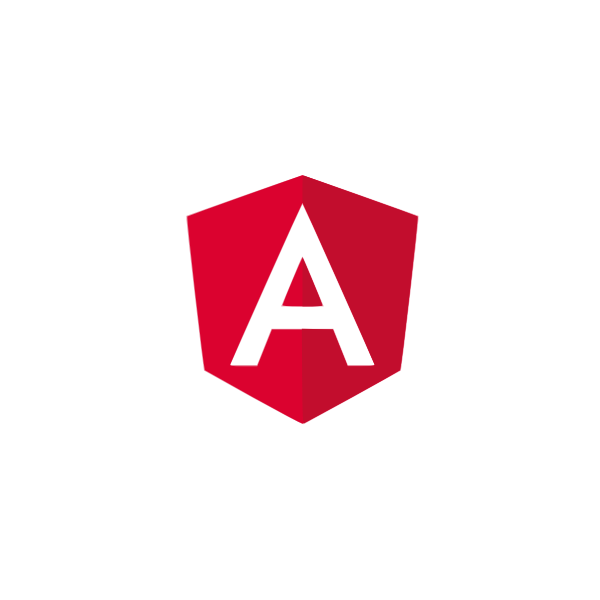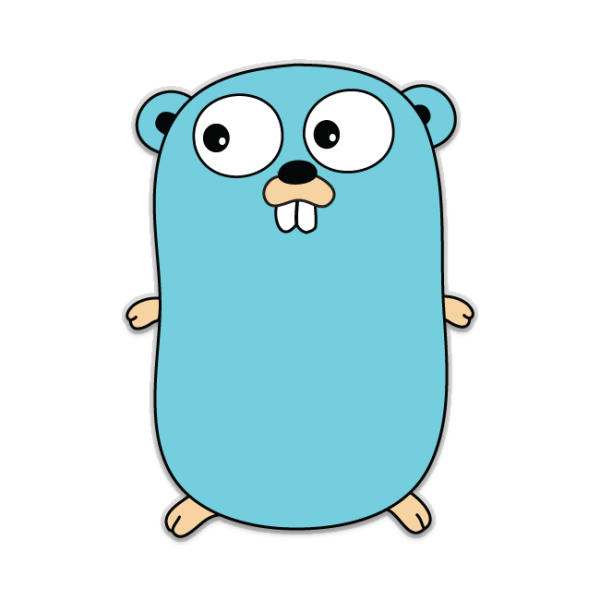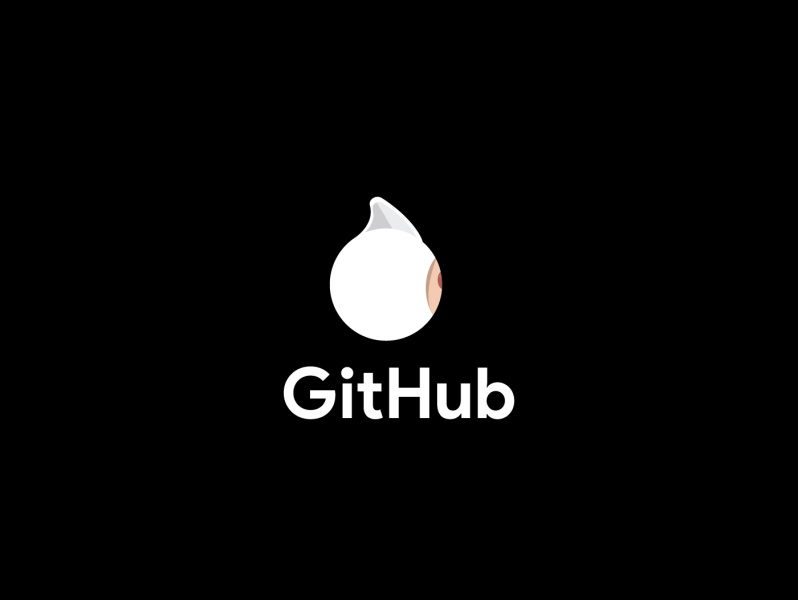Ashen
A framework for writing terminal applications in Swift. Based on The Elm Architecture.
As a tutorial of Ashen, let's consider an application that fetches some todo items and renders them as a list.
Example
Old way
In a traditional controller/view pattern, views are created during initialization, and updated later as needed with your application data. Loading data from a server to load a list of views. Views are stored in instance variables and edited "in place", and the views/subviews are added/removed as events happen, so a lot of code is there to manage view state.
New way
What would this look like using Ashen or Elm or React? In these frameworks, rendering output is declarative; it is based the model, and you render all the views and their properties based on that state. Model goes in, View comes out.
func render(model: Model) -> View<Message> {
guard
let data = model.data
else {
// no data? Show the spinner.
return Spinner()
}
return Stack(.topToBottom, [
Text("List of things"),
ListView(dataList: data) { row in
LabelView(text: row.title)
}
// 👆 this view is similar to how UITableView renders cells - only
// the rows that are visible will be rendered. rowHeight can also be
// assigned a function, btw, to support dynamic heights.
//
// Also, this view is not done yet! Sorry - but it'll look something
// like this.
])
}
So instead of mutating the isHidden property of views, or addSubview, we
just render the views we need based on our model. SwiftUI has also adopted this
model, so if you've been using it, Ashen will feel very familiar.
Commands and Messages
To fetch our data, we need to call out to the runtime to ask it to perform a
background task, aka a Command, and then report the results back as a
Message. Message is how your Components can tell your application about
changes that might result in a change to your model. For instance, if someone
types in a "name" text field you probably want to know about that so you can
update the model's name property.
Sources of Messages include Views, Commands, and system event components
(e.g. a KeyEvent message can be captured via the OnKeyPress component, which
receives system-level events and maps those into an instance of your app's
Message type).
Our application starts at the initial() method. We return our initial model
and a command to run. We will return an Http command:
enum Message {
case received(Result<(Int, Headers, Data), HttpError>)
}
func initial() -> Initial<Model, Message> {
let url = URL(string: "http://example.com")!
let cmd = Http.get(url) { result in
Message.received(result)
}
return Initial(Model(), cmd)
}
When the Http request succeeds (or fails) the result will be turned into an
instance of your application's Message type (usually an enum), and passed to
the update() function that you provide.
To send multiple commands, group them with Command.list([cmd1, cmd2, ...])
Updating
In your application's update() function, you will instruct the runtime how the
message affects your state. Your options are:
.noChange— ignore the message.update(model, command)— return a model and a list of Commands to run.quit— graceful exit (usually means exit with status 0).quitAnd({ ... })— graceful exit with a closure that runs just before the runtime is done cleaning up. You can also throw an error in that closure.
For convenience there are two helper "types":
.model(model)— return just updated model, no commands (shortcut for.update(model, Command.none())).error(error)— quit and raise an error.
Program
Here's a skeleton program template:
// This is usually an enum, but it can be any type. Your app will respond
// to state changes by accepting a `Message` and returning a modified
// `Model`.
enum Message {
case quit
}
// The entired state of you program will be stored here, so a struct is the
// most common type.
struct Model {
}
// Return your initial model and commands. if your app requires
// initialization from an API (i.eg. a loading spinner), use a
// `loading/loaded/error` enum to represent the initial state. If you
// persist your application to the database you could load that here, either
// synchronously or via a `Command`.
func initial() -> Initial<Model, Message> {
Initial(Model())
}
// Ashen will call this method with the current model, and a message that
// you use to update your model. This will result in a screen refresh, but
// it also means that your program is very easy to test; pass a model to
// this method along with the message you want to test, and check the values
// of the model.
//
// The return value also includes a list of "commands". Commands are
// another form of event emitters, like Components, but they talk with
// external services, either asynchronously or synchronously.
func update(model: Model, message: Message)
-> State<Model, Message>
{
switch message {
case .quit:
return .quit
}
}
// Finally the render() method is given your model and you return
// an array of views. Why an array? I optimized for the common case: some key
// handlers, maybe some mouse events, and a "main" view.
func render(model: Model) -> [View<Message>] {
[
OnKeyPress(.enter, { Message.quit }),
Frame(Spinner(), .alignment(.middleCenter)),
])
}
Running your Program
To run your program, pass your initial, update, view, and unmount
functions to Ashen.Program and run it with ashen(program). It will return
.quit or .error, depending on how the program exited.
do {
try ashen(Program(initial, update, view))
exit(EX_OK)
} catch {
exit(EX_IOERR)
}
Important note: ALL Ashen programs can be aborted using ctrl+c. It is
recommended that you support ctrl+\ to gracefully exit your program.
Views
Text()- display text or attributed text.Text("Some plain text") Text("Some underlined text".underlined())Input()- editable text, make sure to pass.isResponder(true)to the activeInput.enum Message { case textChanged(String) } Input("Editable text", Message.textChanged, .isResponder(true))Box()- surround a view with a customizable border.Box(view) Box(view, .border(.double)) Box(view, .border(.double), .title("Welcome".bold()))Flow()- arrange views using a flexbox like layout.Flow(.leftToRight, [ // alias: .ltr (.fixed, Text(" ")), (.flex1, Text(Hi!).underlined()), // this view will stretch to fill the available space // .flex1 is a handy alias for .flex(1) - just like CSS flex: 1, you can use different flex // values to give more or less % of the available space to the subviews (.fixed, Text(" ")), ]) Flow(.bottomToTop, views)Columns()- arrange views horizontally, equally sized and taking up all space.Columns(views)Rows()- arrange views vertically, equally sized and taking up all space.Rows(views)Stack()- arrange views according to their preferred (usually smallest) size.Stack(.ltr, views)Frame()- place a view inside a container that fills the available space, and supports alignment.Frame(Text("Hi!"), .alignment(.middleCenter))Spinner()- show a simple 1x1 spinner animationSpinner()Scroll(view, .offset(pt|x:|y:))- Make a view scrollable. By default the scroll view does not respond to key or mouse events. To make the view scrollable via mouse, try this:
Also consider adding a "listener" for theenum Message { case scroll(Int) // update model.scrollY by this value } OnMouseWheel( Scroll(Stack(.down, [...]), .offset(model.scrollY)), Message.scroll )onResizeContent:message, which will pass aLocalViewport(which has thesizeof the entire scrollable area and thevisible: Rect)Repeating(view)- Useful for background drawing. By itself it haspreferredSize: .zero, but will draw the passedviewto fill the available area.// draw the text "Hi!" centered, then fill the rest of the background with red. ZStack([Frame(Text("Hi!".background(.red)), .alignment(.middleCenter)), Repeating(Text(" ".background(.red)))])
View Modifiers
Views can be created in a fluent syntax (these will feel much like SwiftUI, though not nearly that level of complexity & sophistication).
.size(preferredSize), .minSize(preferredSize), .maxSize(preferredSize)- ensures the view is at least, exactly, or at mostpreferredSize. See also.width(w), .minWidth(w), .maxWidth(w), .height(h), .minHeight(h), .maxHeight(h)to control only the width or height.Text("Hi!").width(5) Stack(.ltr, [...]).maxSize(Size(width: 20, height: 5)).matchContainer(), .matchContainer(dimension: .width|.height)- Ignores the view's preferred size in favor of the size provided by the containing view..matchSize(ofView: view), .matchSize(ofView: view, dimension: .width|.height)- Ignores the view's preferred size in favor of another view (usually a sibling view, in a ZStack)..fitInContainer(.width|.height)- Make sure the width or height is equal to or less than the containing view's width or height..compact()- Usually the containing view's size is passed to the view'srenderfunction, even if it's much more than the preferred size. This method renders the view using thepreferredSizeinstead..padding(left:,top:,right:,bottom:)or.padding(Insets)- Increases the preferred size to accommodate padding, and renders the view inside the padded area. If you are interested in peaking into some simple rendering/masking code, this is a good place to start..styled(Attr)- After drawing the view, the rendered area is modified to include theAttr. See also:underlined(),bottomLined(),reversed(),bold(),foreground(color:),background(color:),reset()Text("Hi!".underlined()).background(color: .red) Stack(.ltr, [...]).reversed().border(BoxBorder)- Surrounds the view in a border.Text("Hi!").border(.single, .title("Message")).aligned(Alignment)- This is useful when you know a view will be rendered in an area much larger than the view'spreferredSize. TheAlignmentoptions aretopLeft,topCenter,topRight,middleLeft,middleCenter,middleRight,bottomLeft,bottomCenter,bottomRight.
See alsoText("Hi!").aligned(.middleCenter).centered(), which is shorthand for.aligned(.topCenter), useful for centering text or a group of views..scrollable(offset: Point)- Wraps the view inScroll(view, .offset(offset))
Events
OnKeyPressOnTickOnResizeOnNextOnClickOnMouseWheelOnMouseIgnoreMouse


Programming Tips & Tricks
Code smarter, not harder—insider tips and tricks for developers.
#1
#2
#3
#4
#5
#6
#7
#8
#9
#10
Error Solutions
Turn frustration into progress—fix errors faster than ever.
#1
#2
#3
#4
#5
#6
#7
#8
#9
#10
Shortcuts
The art of speed—shortcuts to supercharge your workflow.
#1
#2
#3
#4
#5
#6
#7
#8
#9
#10
Made with ❤️
to provide resources in various ares.















